Some marketers think it’s inconceivable that their product pages would attract backlinks. That assumption stems from the belief that editorial backlinks don’t usually point to product pages.
However, that’s not true.
You’ve probably seen headlines like this one from HubSpot.
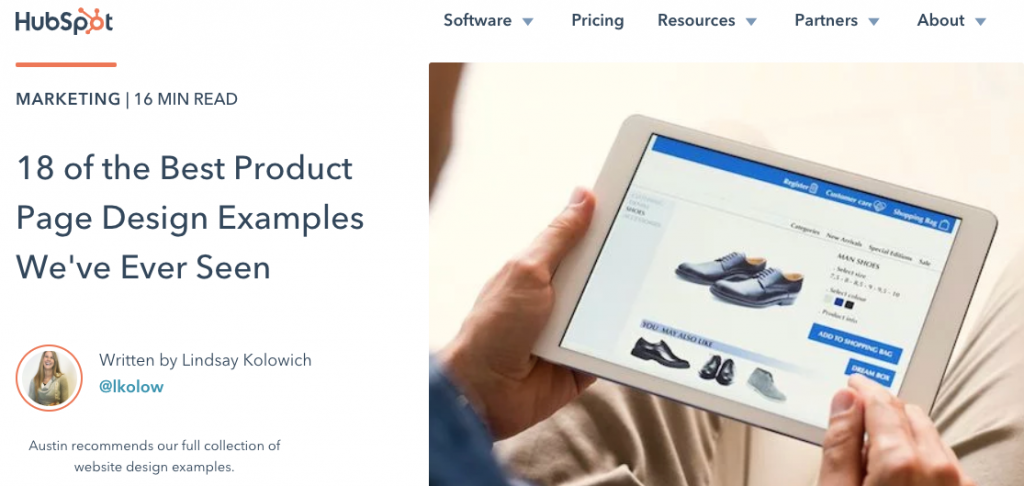
Of course, HubSpot linked to those product pages; yes, do-follow links. Imagine getting a do-follow link from a domain with DA 92 or DR 92.
Here’s another one from Oberlo, DA 73 and DR 84. Again, these were do-follow links.

People also link to product pages from their resource pages. Another source of backlinks is product review pages.
Look at this one from TopTenReviews.com.

You see, your product pages — if you optimize them well — can attract backlinks. Hence, your goal would be to optimize the product page and get the links coming to you.
Why Are Backlinks Important To Your Product Pages?
Google, Bing, and other search engines perceive backlinks as votes in favor of your content. So when your product page gets a backlink, search engines are more inclined to show that page in their search results.
You want your product pages to appear in search results because, at 46 percent, nearly half of all product searches start from Google. The remaining half is on Amazon.
So it’s even more important that you work on your backlinks profile if you sell products outside of Amazon. If you sell outside of Amazon, it means that nearly 100 percent of your traffic will come from the search engines.
Even when people are not searching for products, but for product information, Google is the number one destination. Over 92 percent of searches happen on Google. When you optimize your product pages and gain backlinks to them you’d win business leads who’d buy later.
Another benefit of gaining backlinks to your product pages is that search engines will index them quickly and frequently.
As a result of the frequent indexing and increase in search engine rankings, your product page will enjoy more targeted traffic. Those site visitors will see your product and buy them. If these shoppers are satisfied they’ll tell other people about your product and the buying cycle continues.
A side benefit of winning backlinks and ranking high on search engines is that you’ll gain even more backlinks as your rank visibility grows. More people will find your product page on search engines and link to it.
Now, let’s discuss your options here. How do you optimize your product pages and attract backlinks that work?
07 Tips for Creating Powerful Product Pages
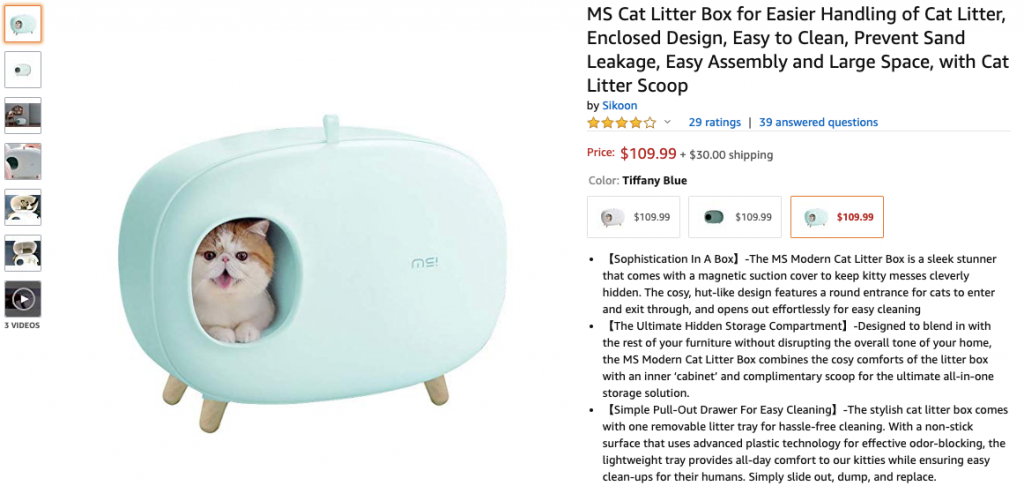
Powerful product pages command outsized sales and profits. Hence, marketers can’t help falling in love with them.
In 2016, 63 percent of marketers said high-quality product page content mattered to growing their sales. That number reached 73 percent in 2017.
In 2018, 99 percent of marketers admitted that high-quality product pages were central to their sales growth. So there’s no doubting the importance of having the best product page that money or time can buy.
You might ask, “What makes a product page powerful?” Let’s explore answers that work.
1. Use Product Images that Pop

Product images are arguably the most influential element of your product page. One report says that 75 percent of online buyers rely on product images to make a purchase decision. Another one says that more than 60 percent of buyers want to see up to four product images before they buy.
In the second study I cited above, product images ranked the most influential factor when buyers are looking at a product detail page.
Some 83 percent of survey participants said product images influence their buying decisions. Meanwhile, product recommendations would influence only 33 percent of these buyers.
So, what types of images should you use for your products?
1.1 Lifestyle Images

Lifestyle images associate your product to desirable lifestyle choices that your users will either benefit from using the product or that they will appreciate to experience. These images sell the experience of using the product.

You can also have lifestyle images for pets if you sell pet products. The idea is to show that users enjoy the product in their daily lives.
1.2 White Background Images

Your goal with a white background image is to strip the product of any external elements. This type of product image might help reduce the statistic that 22 percent of buyers who return cite — the product looked different from advertised.
1.3 User-Sourced Product Images

One of the most powerful ways to make your product images stand out is to get your customers to send you images of them using it. What’s not to love about these types of product images?
User-sourced product images win social proof for your product. They reassure potential buyers that it’ll be worth buying.
1.4 Suitability and Compatibility Images
Your images should illustrate where and what your product is suited for. It should help buyers bridge technical jargon.

If you write in your description that a product uses a YPbPr cable, your customer might not know what it means. However, an image like the one above lets the buyer know the product’s compatibility.
But compatibility doesn’t stop at cable and gadgets. Your buyers should know what weather conditions will fit your product. If your product can withstand rain, you can represent it by showing that the product is water-resistant.
You’ll need to find innovative ways to show your product’s compatibility and suitability. Can it withstand high voltages? Will it work in certain countries better than others?
1.5 Size, Weight, and Proportion Images
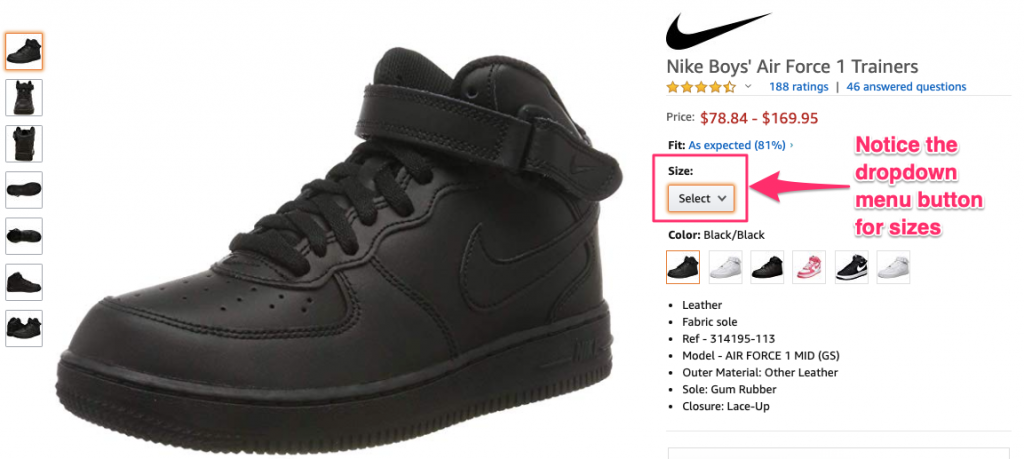
Apart from showing compatibility, you want your images to signify weight, size, and proportions. The number one reason returns happen is that an item doesn’t match the users’ size.
1.6 Texture and Touch Images

Online product buyers don’t have the opportunity to touch and know the texture of the product they are ordering. SO they must rely on your image to get this information.
Hence, the need for texture images to reveal the details of the image and give the buyers an idea of how the product feels when touched.
2. Create a Product Page Layout that Sells
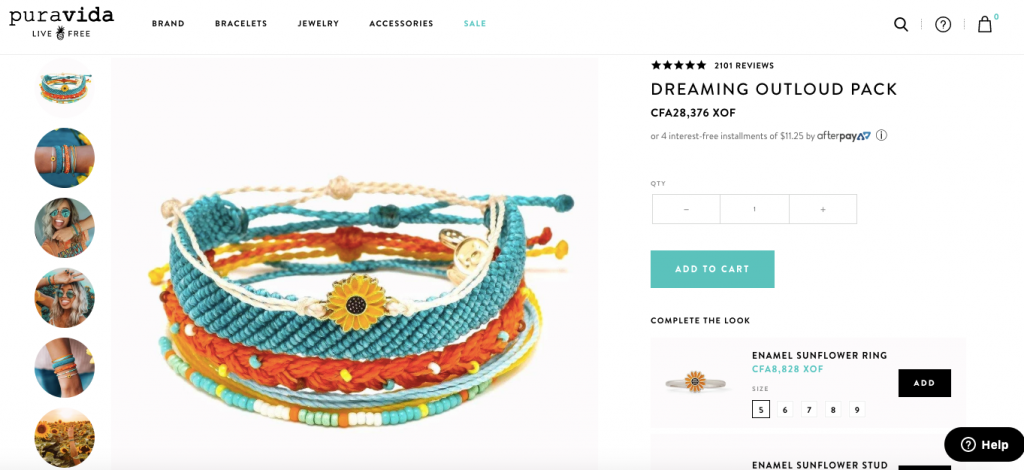
It’s your product page layout that contains all the elements of your product page. Hence it must contain vital elements like the product
- Title description
- Images
- Call to action
- Description
- Reviews
- Ratings
- FAQs
- Videos
How you present these elements on your page dictates if the buyer will make a buying decision to your favor or not. According to the research I cited earlier on that’s published on eMarketer.com, your top three product page elements are the
- Product images,
- Specifications and descriptions of the product
- Reviews from customers

No matter what you do, you must include these elements in your product pages. Since lots of buyers now shop via mobile devices, you want to design page layouts that are friendly on mobile.
If you sell on predefined platforms like Amazon, then you already have a fixed product page layout to work with, so no need to start from scratch. Just customize the content to match your needs.
3. Captivate Buyers with Your Product Title

It’s no news that 80 percent of people read headlines first to decide if they’ll interact with a piece of content or not. That statistics apply to products too.
Buyers read titles to know if they should move ahead with a product or not; they are looking for specific elements. Specifically, buyers read titles to find out if
- The product addresses their pains
- It will make them look or feel better
- Their pets will look or feel better
- Matches their interests or tastes
- Provides the benefits they seek
- Is good for the person they want to buy it for
- It contains the ingredient they are looking for
- They will gain the experience they expect
Of course, your product title doesn’t have to be all of these at once. It could be a few of them combined together, though.
4. Let the Features Sell the Product’s Benefits

In your product description, use the features to sell the product’s benefits. When a potential buyer reads the description, they should see the product solving their needs and as valuable to them.

What this means is that you will focus more on showing the benefits of the features than just mentioning those features. Yes, you should say what these features are, but make sure you are specific about their benefits.
5. Engage with Authentic Testimonials and Ratings

What are people saying about your product? Potential buyers care to know! So you don’t want to leave this vital element to chance.
Invite your customers to leave a review. Treat them with the utmost care and be quick to respond when they have issues. Customers will be less likely to give a negative review or testimonial if they perceive that you truly care about them.

Ultimately, you’re gunning for raving fan customers who will not only buy but recommend others to your business. No product is perfect, but you need more people seeing the strengths than weaknesses.
6. Videos that Sell

One more way to engage your potential buyers is through videos. Videos are even more powerful if they are from existing customers who love your product.
To get customers to send you their videos, you can run contests or sweepstakes. So you’ll invite customers to enter the contest by submitting a video of them talking about your product.

While using customer videos is a pretty potent technique, you don’t have to wait for customers to send in their videos. You can create product videos that educate users on how to get the most benefit from your product. Oh, you don’t have to limit yourself to one video.
7. Entice with Your Call to Action

Make sure your Add to Cart and Buy Now buttons are clearly in sight. Don’t hide it below the fold.
Secondly, convey your value in a way that makes your product’s price worth paying. If you can, offer discounts to buyers who leave their email.

Building a mailing list helps you build an audience of buyers who might be willing to shop with you in the future. You want to get creative here. So if you can’t offer a discount then consider free shipping.
Customers say they are more willing to buy from merchants who offer free shipping than those who don’t offer free shipping.
07 Tips for Attracting Backlinks to Your Product Pages
Now that you’ve optimized your product pages to rank better and engage visitors, let me share some valuable tips on how to acquire backlinks to them.
1. Blogger Product Reviews
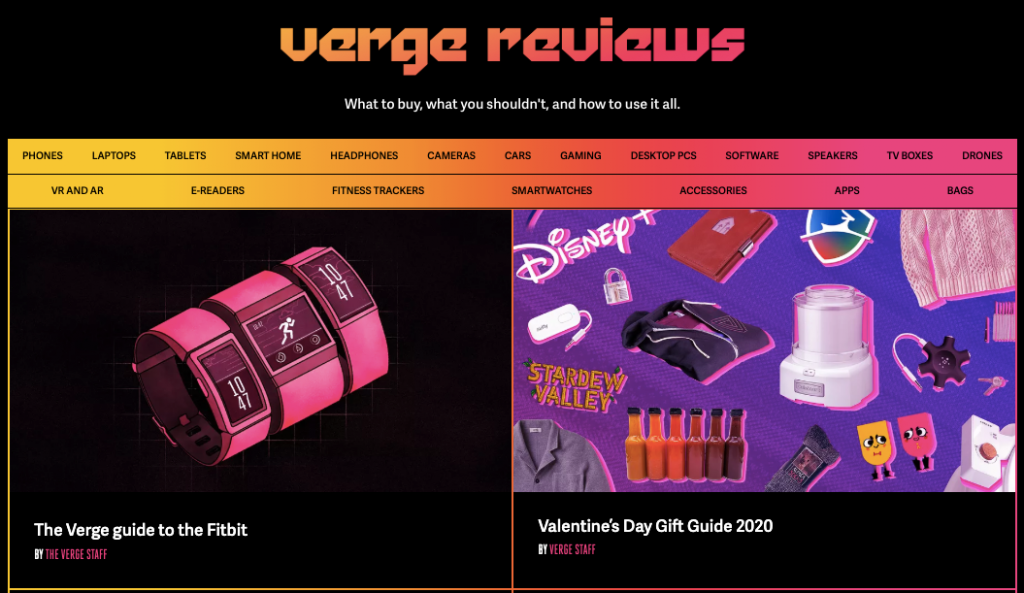
Bloggers can write reviews of your product and link back to the product page. This can be powerful as it means that you’d gain both links and traffic.
Most bloggers won’t write reviews about your product without being told to do so. Hence, you may have to contact them to arrange the product review. You want to contact blog owners with significant influence and following, and whose niche aligns with your product’s.
You may have to reward these bloggers in cash or with free products. Regardless of how you compensate them, most bloggers might request a sample product to help them with the review.
This tactic is entirely in line with Google’s webmaster guidelines. Blogger reviews are promotions for your product, and they get genuine traffic to the product page too. You’d have to promote your product anyway, so the link is only a byproduct of the promotion.
2. Guest Blogging

Another legitimate way to gain backlinks to your product is through guest blogging. Like product reviews, you’ll gain backlinks from authoritative blogs within your niche. However, instead of having the blogger review your product, you’ll be providing content for their audience.
So you’ll pitch bloggers within your niche that accept guest posts. When they accept your pitch, you’ll write the post and link to your product page.
You can also outsource this activity and have some guest posting service handle it for you. Just make sure you vet them before they invite a Google penalty for posting on spammy sites.
3. Local Directory Listings

You can list your products on local online directories for your city, state, province, or country. Additionally, you can list your product on niche-specific directories.
In one Moz study, listing your website on local directories is a major Google ranking factor.
4. Media Outreach and Promotions

Appearing in the media can draw a ton of attention, especially if you have a unique product that wins people’s interest. However, this isn’t a tactic for people with unique products only.
Media appearance can invite more media appearances, and as people talk about your product, they link back to it. Social media discussions and forum discussions would follow, making your product even more popular.
Seek for local news outlets to feature your product in an interview or discussion or even a commercial. If you get a newspaper feature, then they’ll likely feature you on their online publication too.
5. Product Launch Event Listing

You can also win backlinks from events websites by listing your product launch on these websites. Whether you organize online or offline events won’t matter as long as you are having a launch.
The idea here is to announce your product launch in as many event listing websites as you can get. Just make sure you appear on relevant event websites only.
6. Explore Competitor Link Sources

Use your competitors’ link sources! Use tools like Ahrefs or SEMrush to spy on your competitors’ backlinks and then build a strategy to gain links from those sources.
The logic is simple. If those sources are linking to your competitors’ product pages, the chances are that they can link to yours too. All you’ll need to do is find out their motivation for linking to your competitors and then pitch them.
7. Create Pillar Pages
By creating Pillar Pages you are not only helping your own content strategy but also helps in building inbound links by linking to other websites.
Also, People are most likely automatically link to your Pillar Page because of it being a high-quality, comprehensive piece of content even if you don’t mention or link to any website.
Final Thoughts
The truth is you can’t implement all of these tips at once! Although your specific situation might be unique, the first thing you want to pay close attention to are your product images!
For link building, you can start with anyone that comes most easily to you. If you have a budget for it, blogger reviews are great for acquiring backlinks and traffic for product pages.